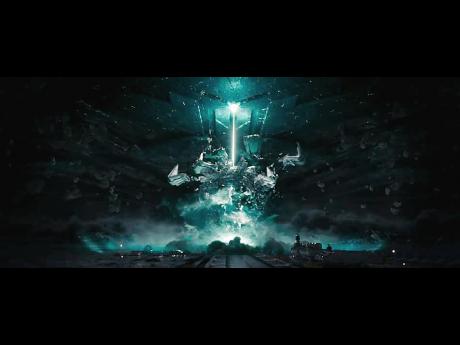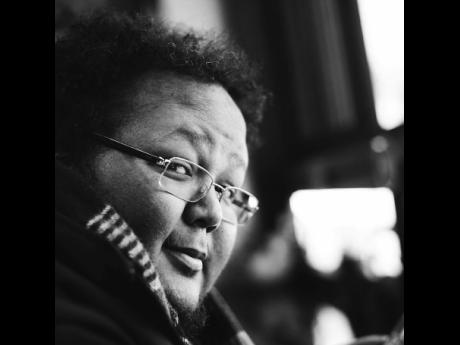Jamaican visual effects artist makes it big
Fredrick Lyn is one of few Jamaicans working in visual effects (known as VFX) in the international film industry. Lyn left Jamaica in 2011 to attend the Art institute of Vancouver to study 3D modelling for games and animation.
In his relatively short career, he has contributed effects and works on blockbusters such as Furious 7, Guardians of the Galaxy Vol. 1, The Emoji Movie, Batman vs Superman: Dawn of Justice and Thor: Ragnarok - some of which have been nominated by the Oscars, Broadcast Film Critics Association and Empire Awards in the UK for Best Visual Effects.
"At first, I wanted to become an animator after watching the Japanese science film called Akira. But my life changed when I saw Terminator 2, then again after seeing James Cameron's Avatar. I said to myself, 'That's what I want to do,'" Lyn told The Gleaner.
The Munro College graduate currently works with the Academy Award-winning Vancouver-based VFX company DNEG, where he does lighting and digital artistry, which Lyn says he might have been doing if he had remained in Jamaica, "but not at the level" that it is offered to him overseas.
"The team is filled with awesome talents. The only struggle is working long hours to get films done, so I tend to disappear off the scene from time to time," said Lyn.
"The most complex set or task awarded to me was while working on Furious 7, to optimise and light the sequence where the two cars were spinning," he said. "What made this sequence most challenging was learning how smoke and volumetric displays react together in the render engine (an automatic process of compiling all the data to generate a photorealistic image) in a timely manner."
Lyn says he has been lucky. His teachers were also a good source for networking as it is usually working professionals doing the teaching. "Most of what I have learnt is from experienced artists who readily pass on their experiences," he said. As VFX is a very small industry, this has been an invaluable opportunity for him.
The nominations are definitely a noteworthy accomplishment, but being the bashful VFX artist that he is, he says there's still a lot of work to be done, especially when it comes to marrying Jamaican culture, talents and ideas on a global scale.
"It is true that the VFX community is a small one. In time, with a lot of hard work (as it is still in the infancy stages), there is potential for the local film industry and VFX artists to get international recognition while working from home."
Technology in the VFX field, he says, changes every year, but day-to-day life, people and photography fuels his imagination. "As for films, every year, when the boundaries are pushed by the art, it does not matter if I worked on it; it's like fuel as well."
He added, "It has got to the point where hard surface objects like cars, buildings and glass have become easier to replicate, but VFX artists (and film industry professionals in general) are still pushing to get humans to the level where audiences cannot tell the difference between what's real and what's coming from an artist."
And like those before him, he is willing to pass on his knowledge freely. "All an aspiring young artist has got to do is ask."



